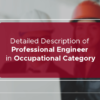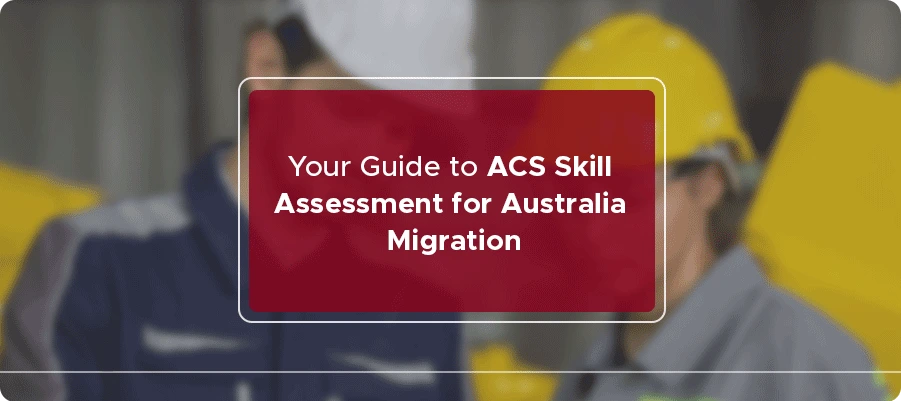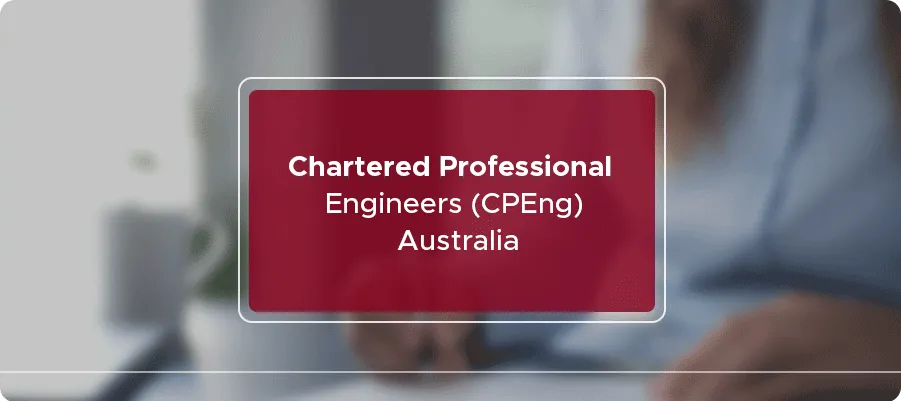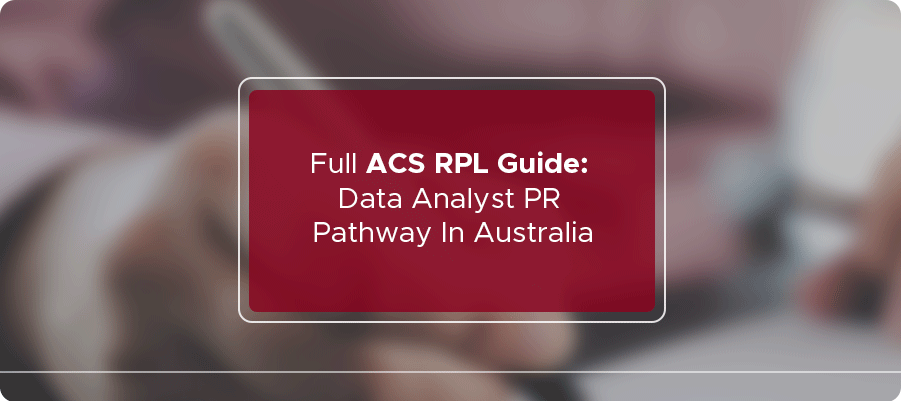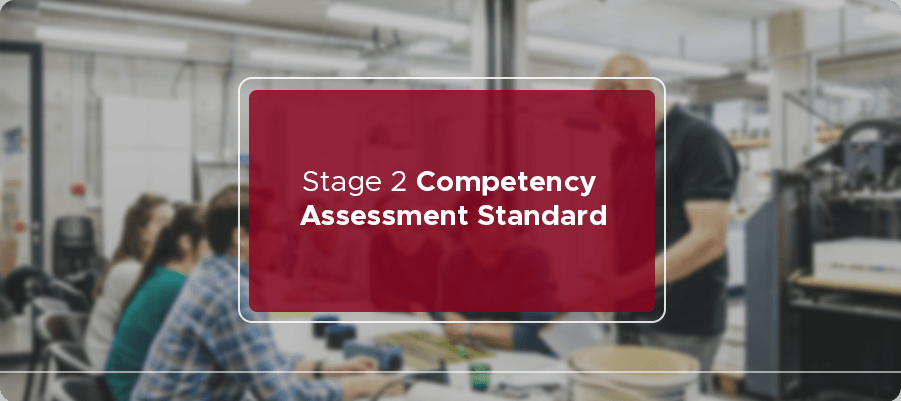
Stage 2 Competency Assessment Standard
Stage 2 Competency Assessment reflects the knowledge, skills, engineering capabilities, professional level of working practice, and positive attitudes of the professionals. To acquire the Chartered Status of Professional Engineer, the candidate must go through a Competency Standard Stage 2 evaluation process.
The Stage-2 competency assessments or charter level denotes qualification on personal engineering competency. A Chartered Engineering Specialist is often considered to have attained the highest standard of professionalism by ongoing experience. Engineers Australia needs engineers to show technical competency in leadership, experience, efficiency, and safety to be registered as a Chartered Professional Engineer.
Why do we need Stage 2 Competency Standards?
Stage 2 Competency Standards are used as a base for Chartered membership of Engineers Australia (CPEng) and registered for National Engineering Register (NER). CPEng is the professional authority recognized by the government and people around the corner of the world. The achievement of CPEng entails a lifetime commitment to maintaining competence in a chosen practice area.
Assessment Pathway for CPEng
The assessment pathway required by Engineers Australia for registration as a Chartered Professional Engineer are listed below.
1. Professional Development Program or PDP
The Professional Development Program (PDP) is one of four paths available to Engineers Australia members seeking Chartered Status. The PDP is the most effective way for individuals and organizations to assist their workers in working through the Chartered application standards in a formal and assisted manner.
2. Engineering Competency Report or ECR
Engineers Australia (EA) needs an Engineering Competency Report to have Chartered Membership. Members of EA who want to be enrolled in the National Engineering Registry (NER) must demonstrate their competence as competent engineers. These competencies must apply to Engineers Australia’s stage 2 competency requirements. Candidates who go through the Engineering Competency Report (or ECR) pathway must apply 16 ECCs (engineering competency claims) that describe the professional experience and knowledge in engineering disciplines.
3. Mature Experienced Engineer or MEE
4. Mutual Recognition Agreement or MRA
A mutual recognition agreement (MRA) is a legal contract in which two or more countries agree to accept the findings of each other’s compatibility assessments (for example, certifications or test results).
Documents Required For Stage 2 Competency Assessment
The applicants have to go through a documentation process to be eligible for CPEng to get a Chartered Recognised Status. Each provided document is used as facts to justify the claims regarding your engineering competency. The four primary submission documents needed by the Institution of Engineers Australia for chartered professional engineer registration are listed below.
- Engineering competency claims (ECCs)
- Engineering Experience Record (EER)
- Continuing Professional Development (CPD) Record
- Updated Resume
Engineering Competency Claims (ECCs)
Engineering Competency Claims (ECC) necessitate acknowledging your core competencies and your job experience. Engineering Competency Claims represent your participation in the professional area of engineering. The cumulative number of Competency claims that must be made is determined by the pathway you choose. E.g., the ECR pathways include a total of sixteen engineering competency statements.
Continuing Professional Development (CPD) Record
Continuing Professional Development (CPD) demonstrates the skill sets and expertise in the engineering industry that you have stated. It is an essential component of the National Engineering Registration (NER) application. You must demonstrate how many CPD hours you have completed in the last three years. It provides information about your dedication to the engineering product, technical performance, and workplace expectations.
Engineering Experience Record (EER)
This document contains a list of all of your professional experiences. You must have the name of the company with which you served. You must also list the work duties and obligations you held throughout your career. The Engineering Experience Record (ERR) has a word limitation of around 700 words.
Up to date CV
For your Stage 2 assessment application, you must submit your most recent Curriculum Vitae/Resume. Have your most recent career experience as well as the one you are actively interested in. Your cv must be simple and easy to understand.
Elements to be addressed for Stage 2 Report.
- Deal with ethical issues
- Practice competently
- Responsibility for engineering activities
- Develop safe and sustainable solutions
- Engage with the relevant community and stakeholders
- Identify, assess and manage risks
- Meet legal and regulatory requirements
- Communication
- Performance
- Taking Action
- Judgment
- Advanced engineering knowledge
- Local engineering knowledge
- Problem analysis
- Creativity and innovation
- Evaluation
CDRReportwriters for your assistance
You can place your faith in CDRReport writers, to prepare your reports for the Competency Standard Stage 2 evaluation. We have professionals on our staff who have prior experience writing such a study. We are here to walk you through the whole process of planning your Engineering Competency Claims, Engineering Experience Record, Continuing Professional Development, or even a Resume so that your assessment runs smoothly.

